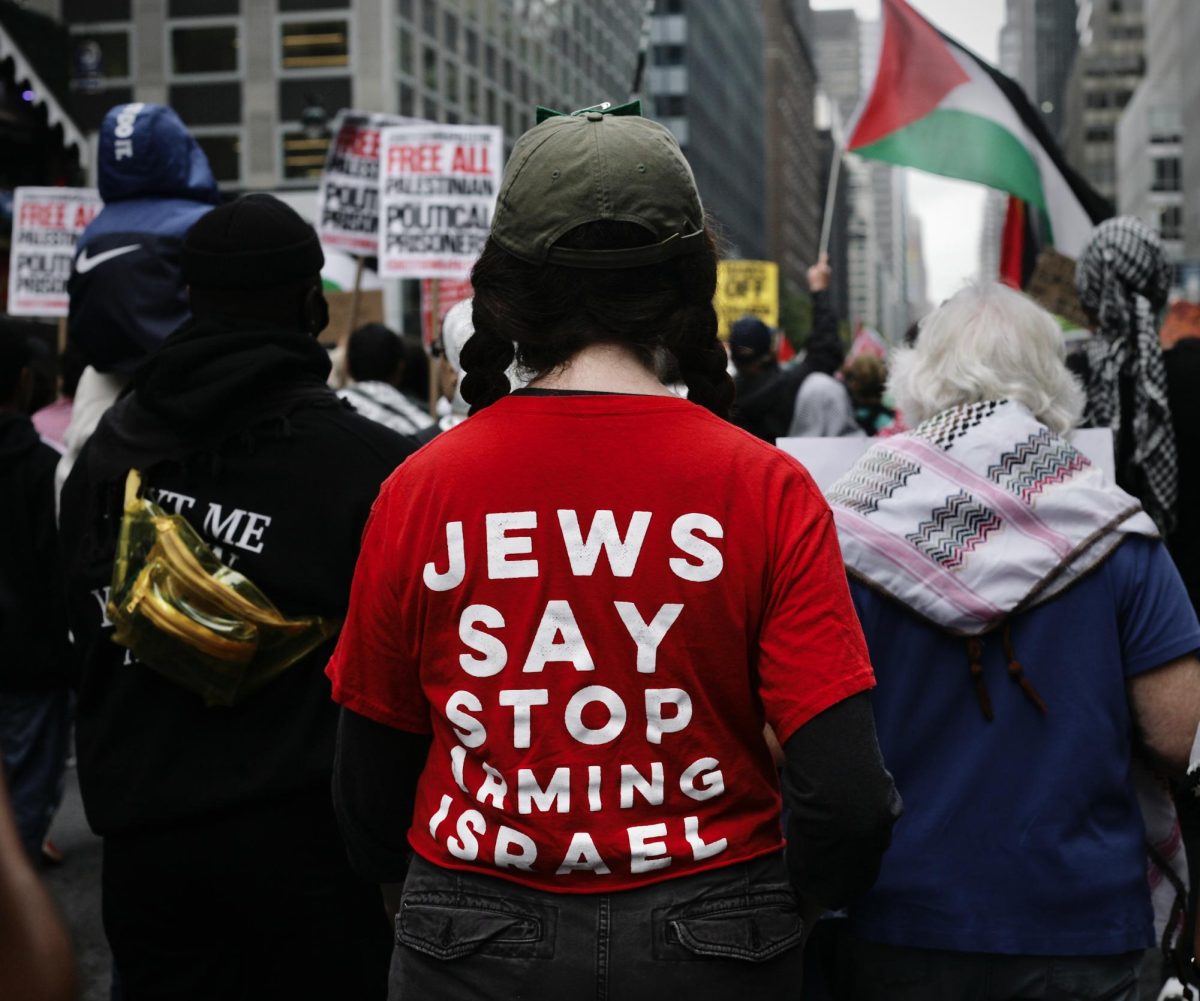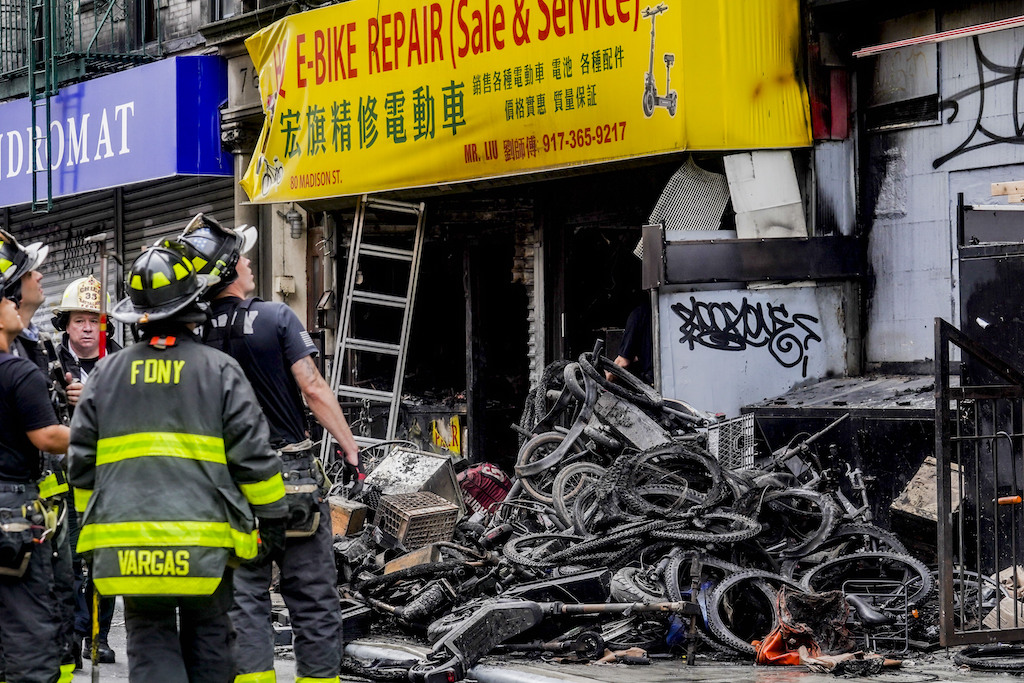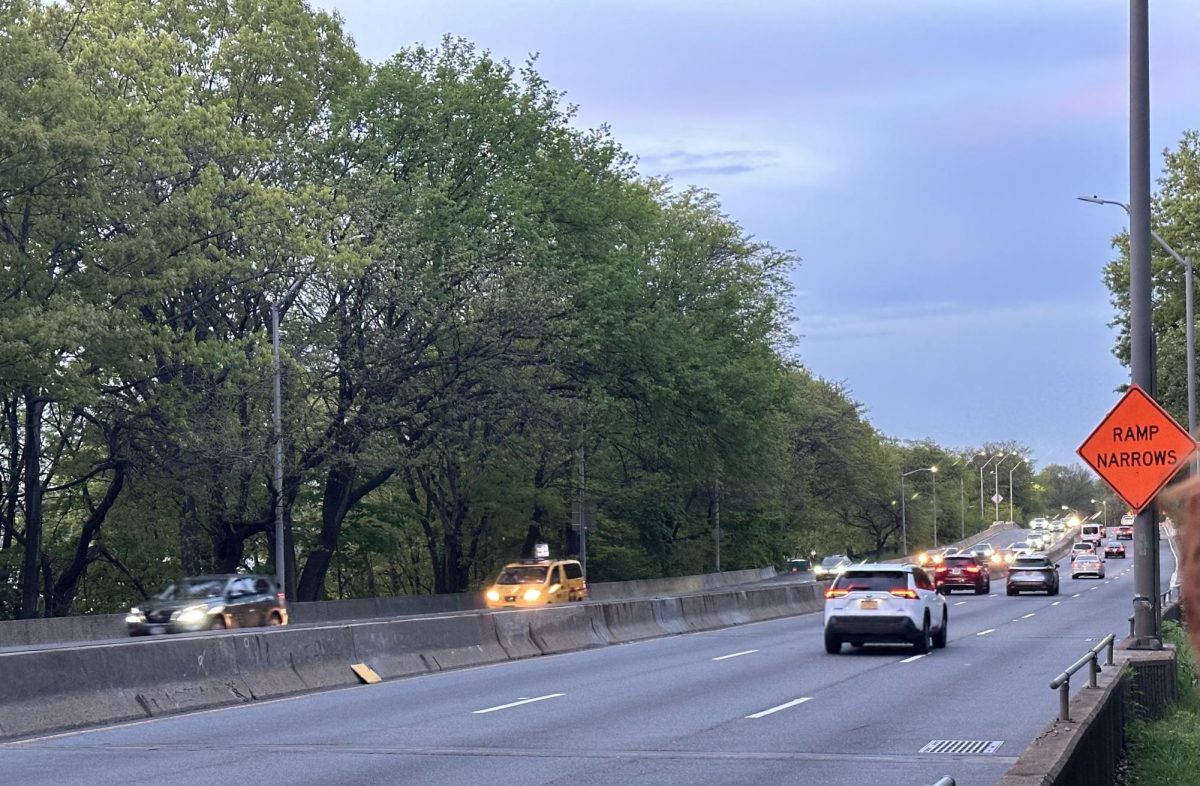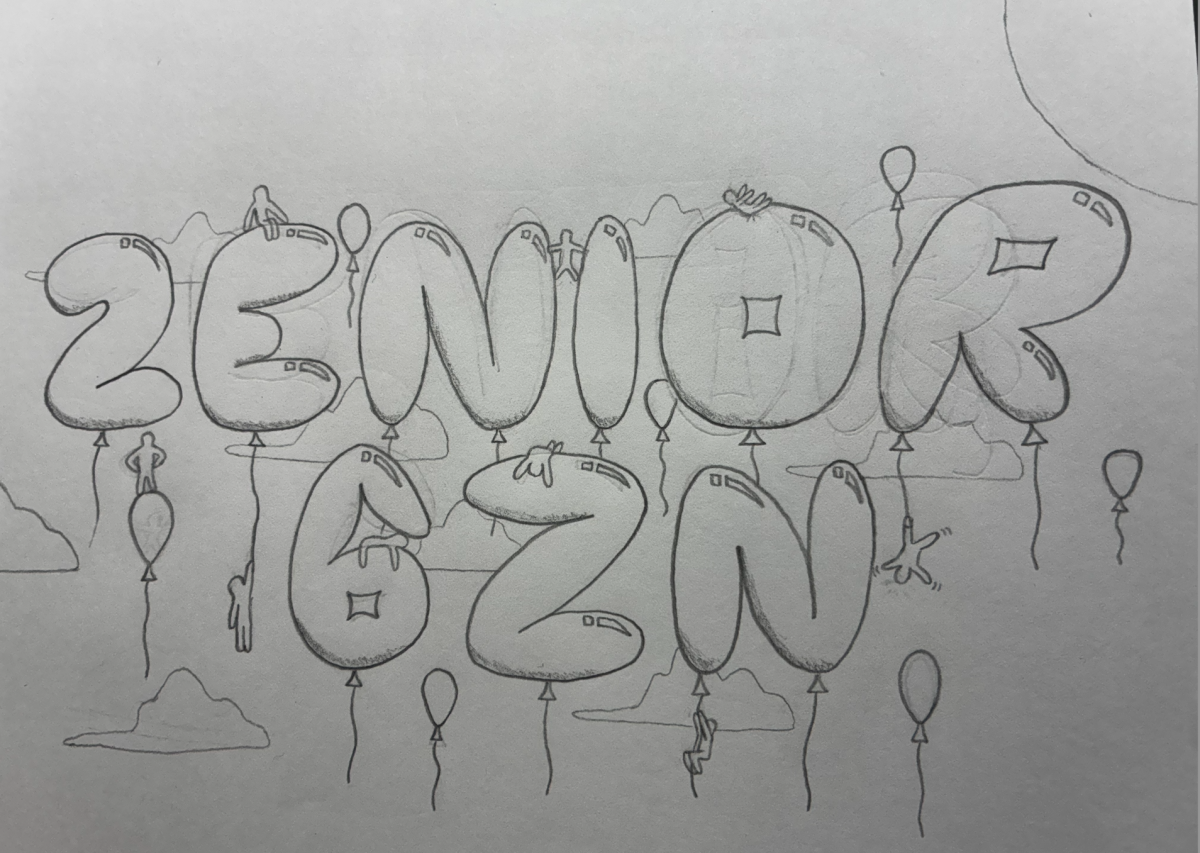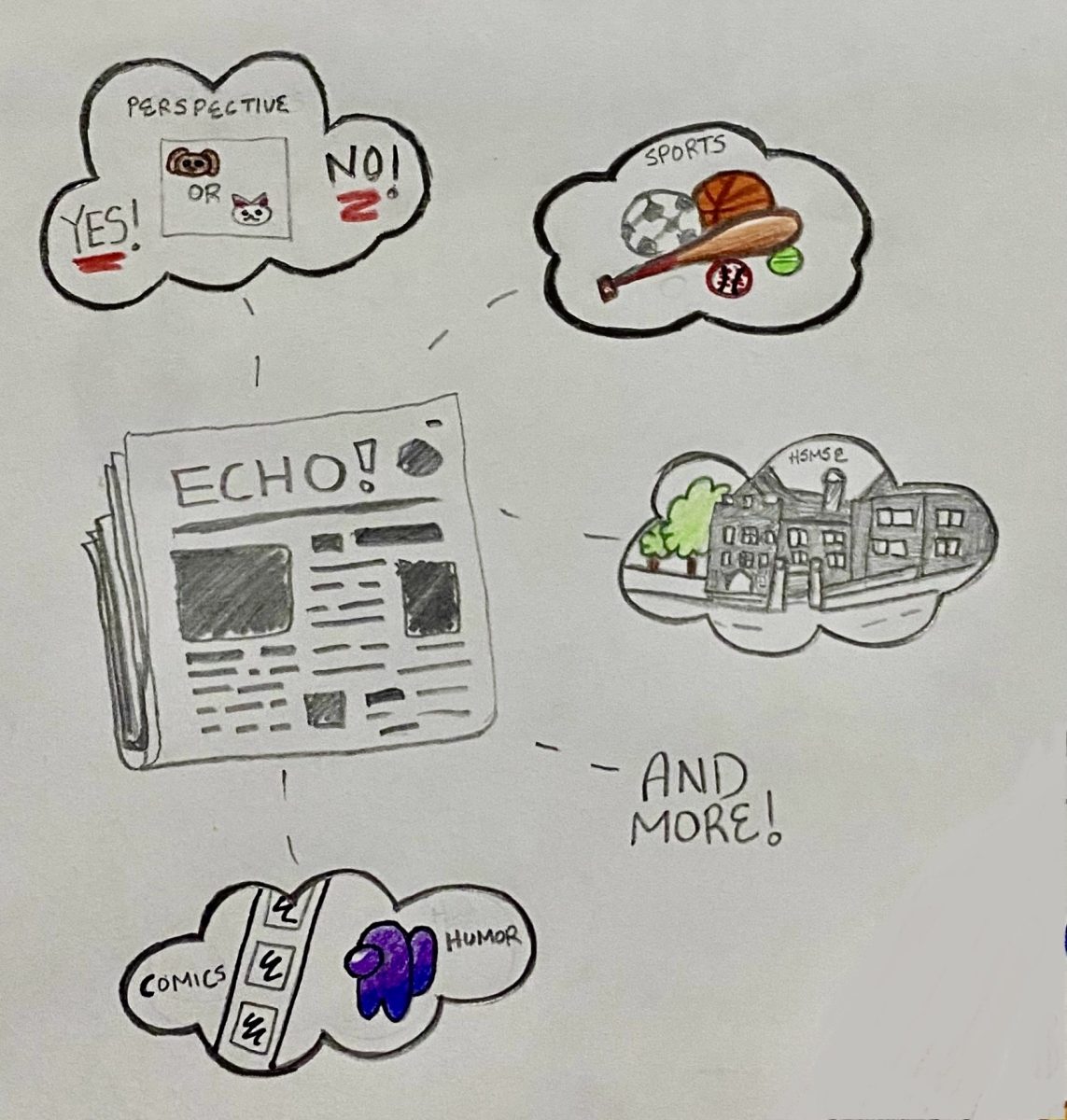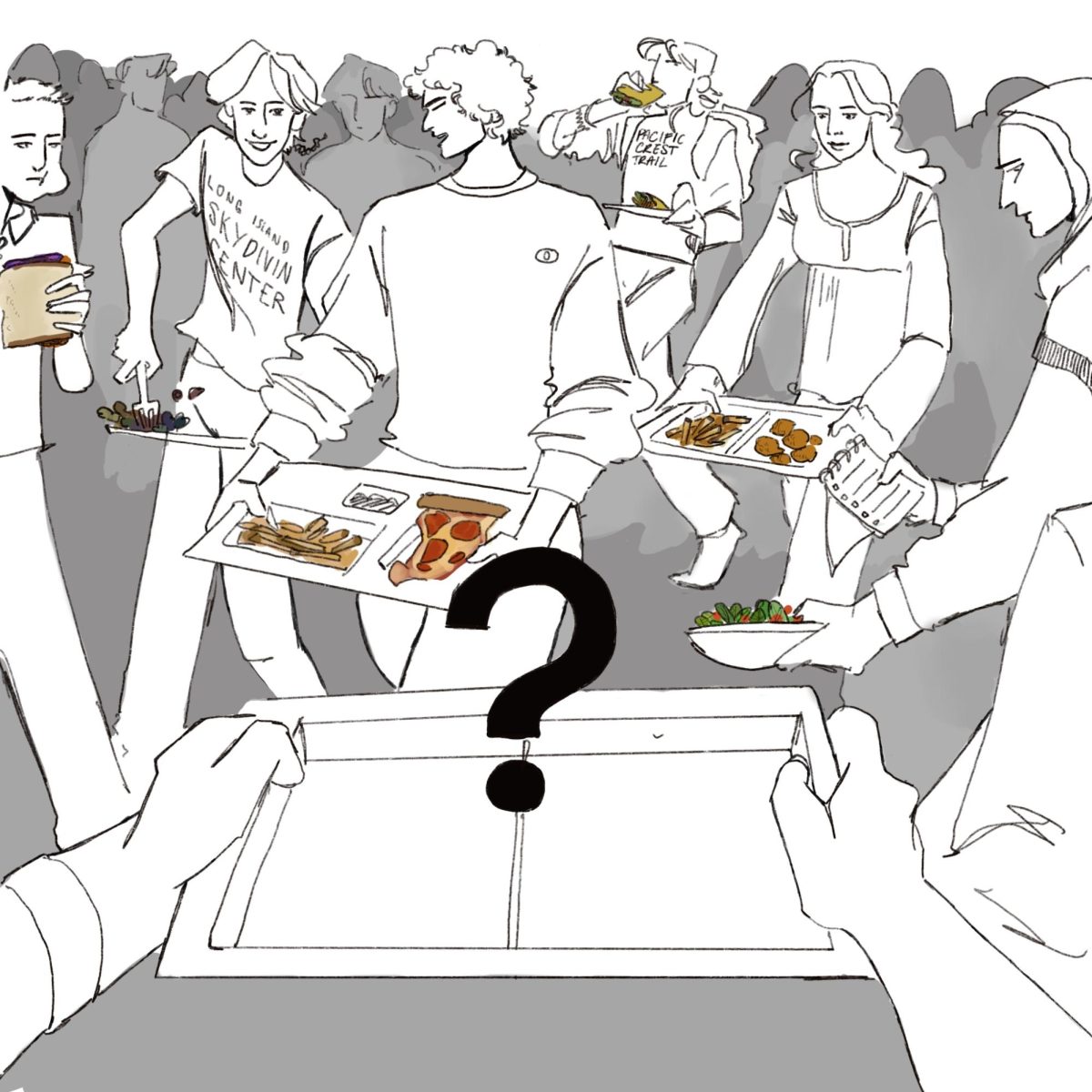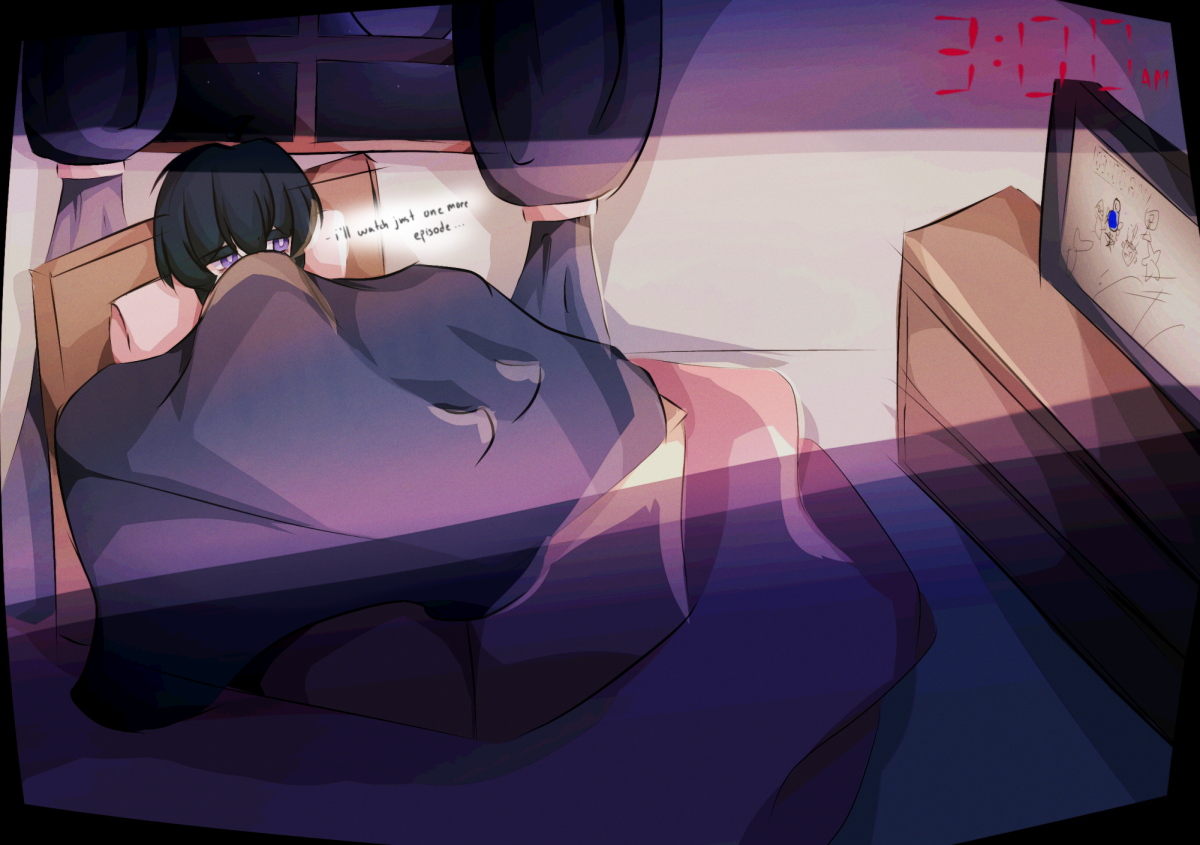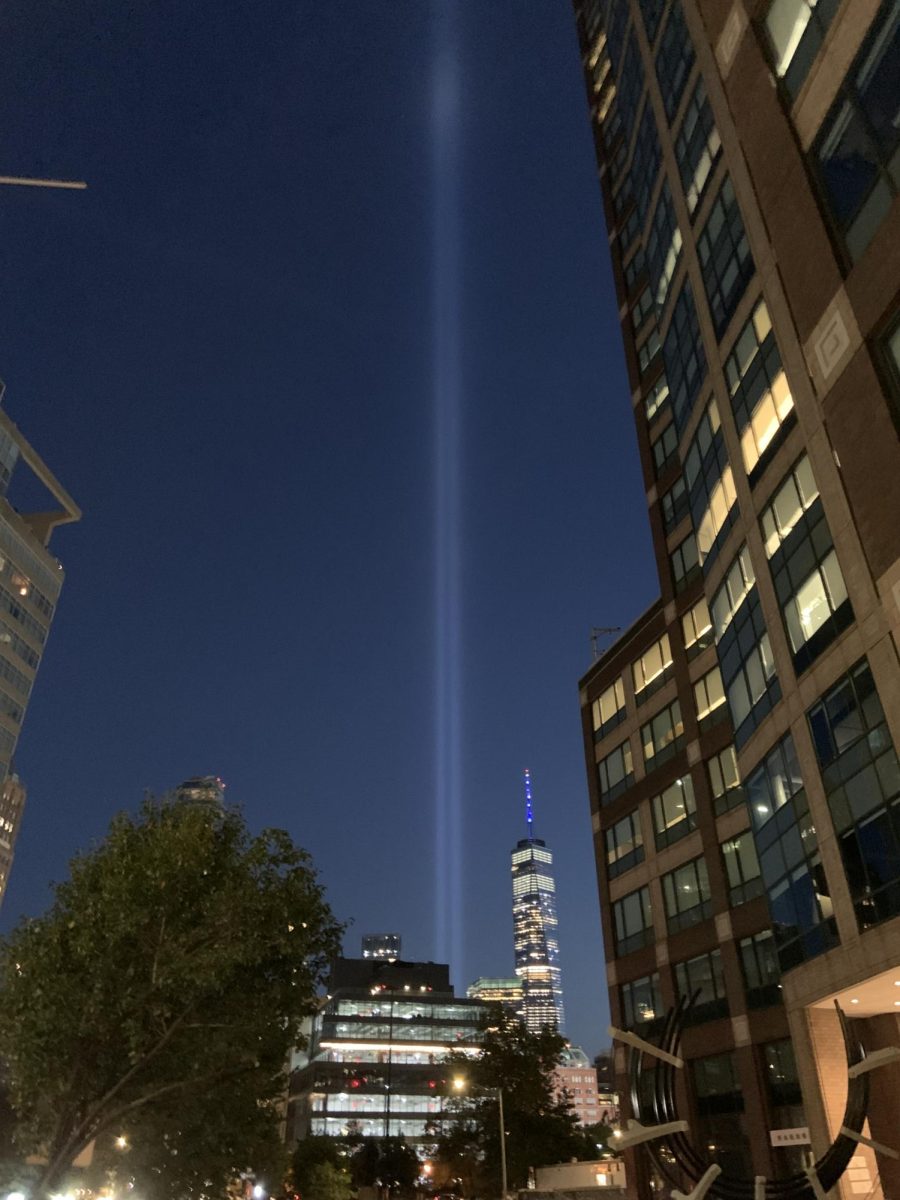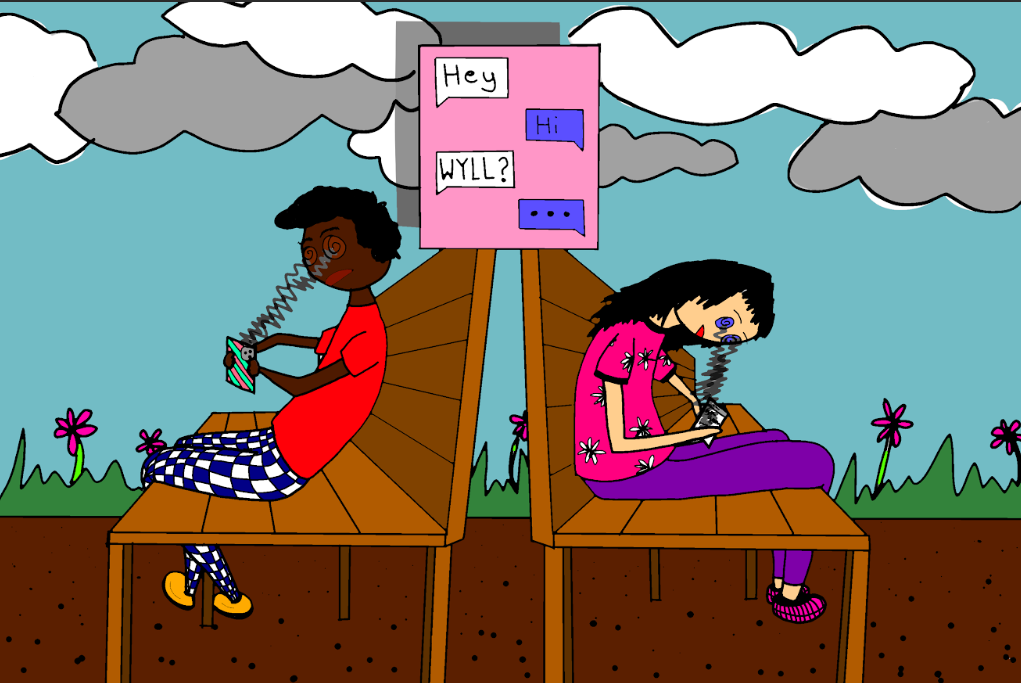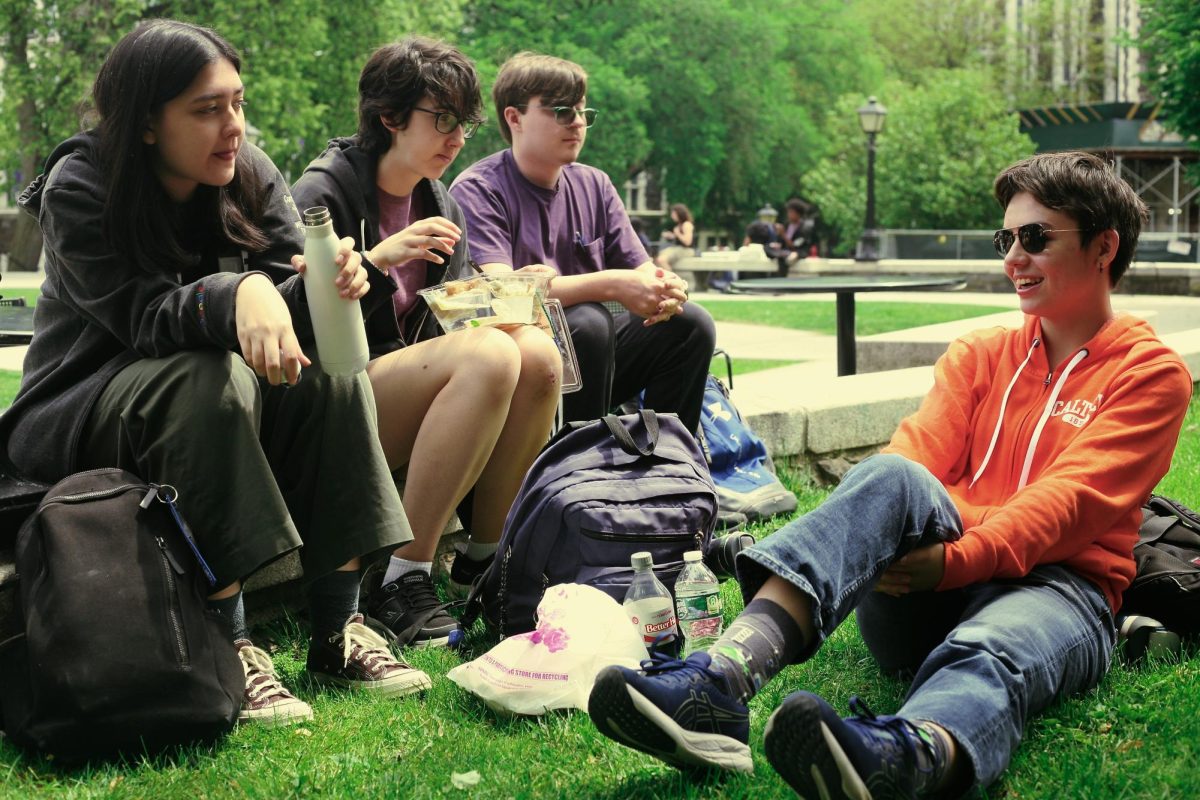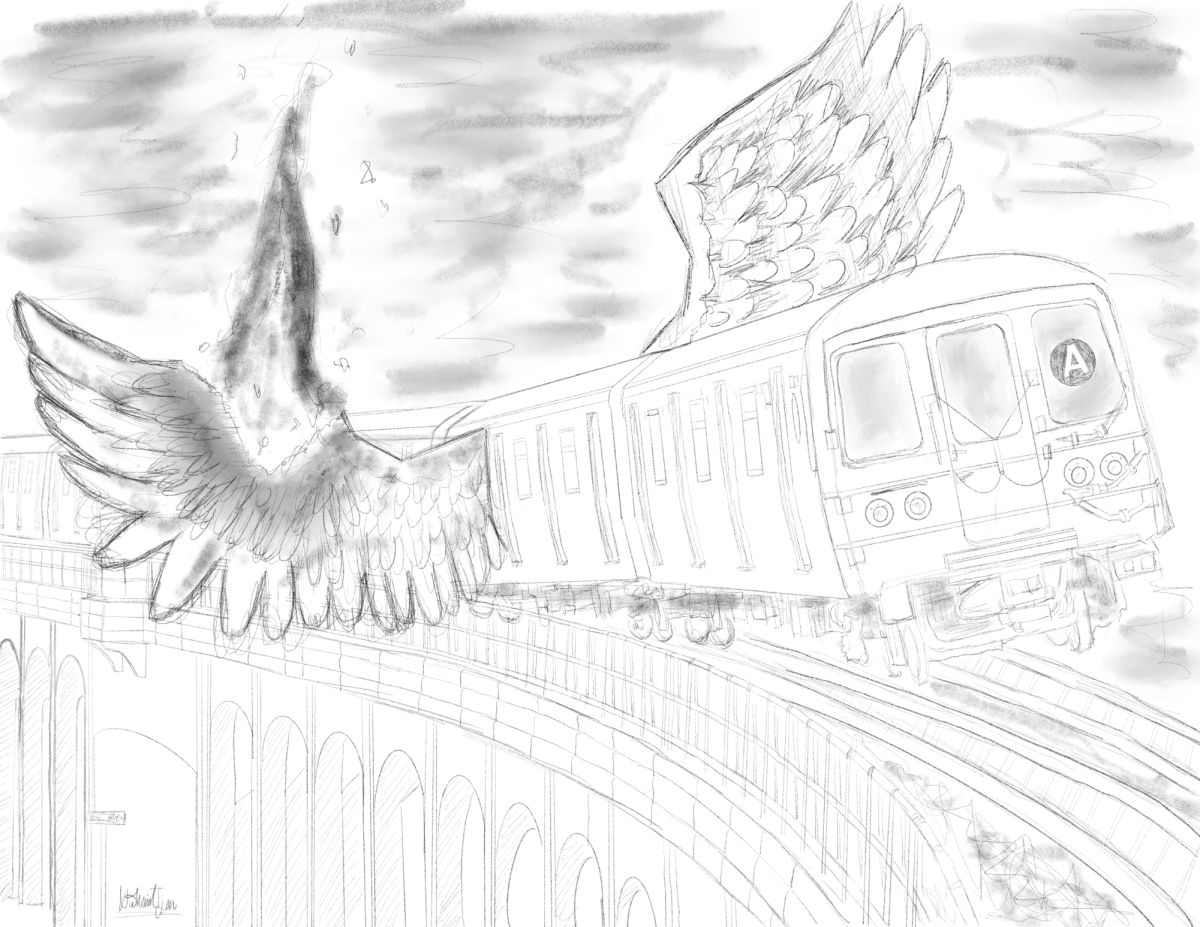Big cities are commonly associated with overwhelming social problems like crime, congestion, and even sometimes, upsettingly, with preventable death. In New York City, death is increasingly being associated with a peculiar place: the transit system, where 68 people were killed over the course of 200 collisions in 2021. This number does not include homicides, which amount to 11 in 2022, and 26 from the start of the pandemic to 2022, which is 6 more than the total from 2008 to 2019. Many of these deaths in the MTA system are linked to a hidden demon: mental illness. This factor is responsible for 40% of homicides in the transit system, highlighting an urgent need to support those with a history of mental illness. Despite the connection between mental illness and MTA deaths, New York City seems to be neglecting this underlying issue and relying too much on law enforcement.
In the span of a week, one subway conductor ran over two women. The first woman jumped onto the tracks to commit suicide and was declared dead at the scene. The second woman fell while switching train cars and was tragically caught under the cars. Both deaths underscore a concern that New York City fails to address the root causes behind preventable tragedies and rather invests in law enforcement as the answer to a myriad of social problems.
The NYPD employs approximately 36,000 officers and 19,000 civilian employees and commands a budget of around $5.5 billion, representing 5.5% of the city’s entire budget. Despite this immense budget, the city cannot afford to put officers in every single station, car, and inch of the subway system; there will never be enough officers to prevent a suicide or accidental tripping. Instead, the budget that goes to the NYPD could be used to address the mental health of people or invested into safety precautions, such as platform safety gates that open when the train pulls to a stop. In the case of Michelle Go, an Asian-American woman that was fatally pushed onto the tracks by Simon Martial, this attack was random and unpredictable. Although safety gates may not be foolproof in preventing all track accidents, they have been implemented in 44 cities worldwide and are a good deterrent by making it difficult for anyone to either accidentally or purposefully reach the tracks. In this case, it most likely would have been helpful to Ms. Go if there was a safety gate that prevented her from fatally falling.
To be fair, NYC has been learning. In the recent “Cops, Cameras, Care” initiative, the state has been funding more cops, cameras, and “care” into the city. Hundreds of officers have been added to patrol the system, advanced cameras have been installed, and most importantly, a budget of $1.2 billion dollars to be spent on mental services and housing units for the homeless. However, a budget increase doesn’t necessarily guarantee greater results. In the first few months of 2022, subway suicide rates spiked 50% compared to the same months in 2021. In those few months, 20% of track intrusions were caused by people with mental illness. Ms. Go’s attacker had been previously arrested for drug use, and was in and out of hospitals for decades, claiming he was “God.” It was a failure of NYC to both not build the necessary rehabilitation facilities that could reorganize Mr. Martial’s mindset and to let him roam about without additional support for his mental being. Cases like Go’s are a result of random, unorganized crime. While an increased police presence can help prevent this sort of crime, it is important to consider the costs of relying too much on such an approach. The NYPD provides a limited solution to crime, as an arrest or two may not deter someone from committing another crime. The only way to stop these attacks is to prevent them before they actually occur, and help the individual become mentally stable so they don’t engage in criminal behavior. This process has worked in other cities, such as Eugene, Oregon, where the Crisis Assistance Helping Out on the Streets (CAHOOTS) system has reduced a need for police assistance in situations such as mental illness, substance abuse, and homelessness by creating teams focused on the emotional and physical needs of someone mentally unstable. For New Yorkers to be protected, the city must invest in a similar “CAHOOTS” system to prevent mentally unstable people from performing criminal attacks.
As New Yorkers, and in particular MSE students, most of us use the subway on a daily basis. Whether it’s the “1” train or the “D” train that links HSMSE to your household, it is increasingly difficult to feel safe on a train ride. As Jerome Golden, the “2” train conductor, expressed, “It’s not fair that the city of New York is making us deal with their baggage, the people with mental health issues that ride the train all night.” Although we cannot immediately change NYC’s neglect of the actual causes of tragedies on tracks, we can do things to protect ourselves as individuals and as a community. For instance, practicing standing far behind the yellow line or avoiding empty cars are good methods to keep yourself safe on the subway. In addition, we can continue to be aware of our surroundings and hope that NYC learns from its mistakes of emphasizing one single plan. While increased police presence can never perfectly solve underground death, a combination of varied plans to cover the current weaknesses in the MTA could improve things for the better. It is time to put our eggs into different baskets and reap the results of making people appreciate life over death.






